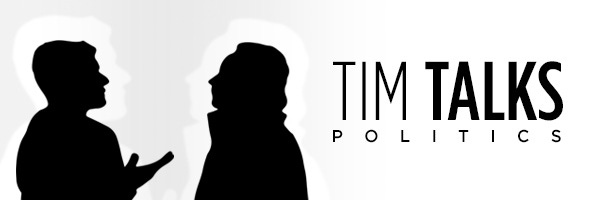March 21: Ukraine-Russia ceasefire: Is it on? Is it off? What’s the next step?
In which, the fog of war in Ukraine is matched by the fog of diplomacy.
Ukraine-Russia ceasefire: Is it on? Is it off? What’s the next step?
We left off the drama of ceasefire diplomacy in Moscow last week as the Trump administration attempted to sell Putin on the idea of a 30-day pause in the fighting. Putin appeared to tacitly accept the idea… very tacitly accept the idea, and insisted on speaking with President Trump.
As both sides worked to make that call happen, events on the ground in Europe continued to unfold as Ukraine, Russia, and various European countries scrambled for advantage in the shifting strategic landscape.
Still, there seems to be some movement behind the scenes both with Putin and Zelensky. The Trump-Putin call appeared to reach not a full agreement, but at least an agreement to not target civilian infrastructure. Unclear what the timeline on that was supposed to be, though.
Ukraine and Russia exchanged prisoners, but continued to trade volleys of drone and missile strikes targeting infrastructure in their respective ongoing efforts to convince the other that any ceasefire deal will not be signed out of weakness.
Poland and the Baltics withdrew from the Ottawa convention on landmines in order to deepen their own border defense with Russia. Land mines have been effectively deployed in Ukraine to add depth to Ukrainian defenses, so European nations most at risk of ground invasion from Russia are clearly taking a lesson here.
So, the door hasn’t closed completely on a ceasefire possibility (despite what some are saying), but it’s clearly a “crawl before you walk” situation, so even baby steps seem like they’re a ways down the road, making special envoy Steve Witkoff’s “ceasefire in weeks” line a little too optimistic for my liking.
Keep reading with a 7-day free trial
Subscribe to Tim Talks Politics to keep reading this post and get 7 days of free access to the full post archives.





